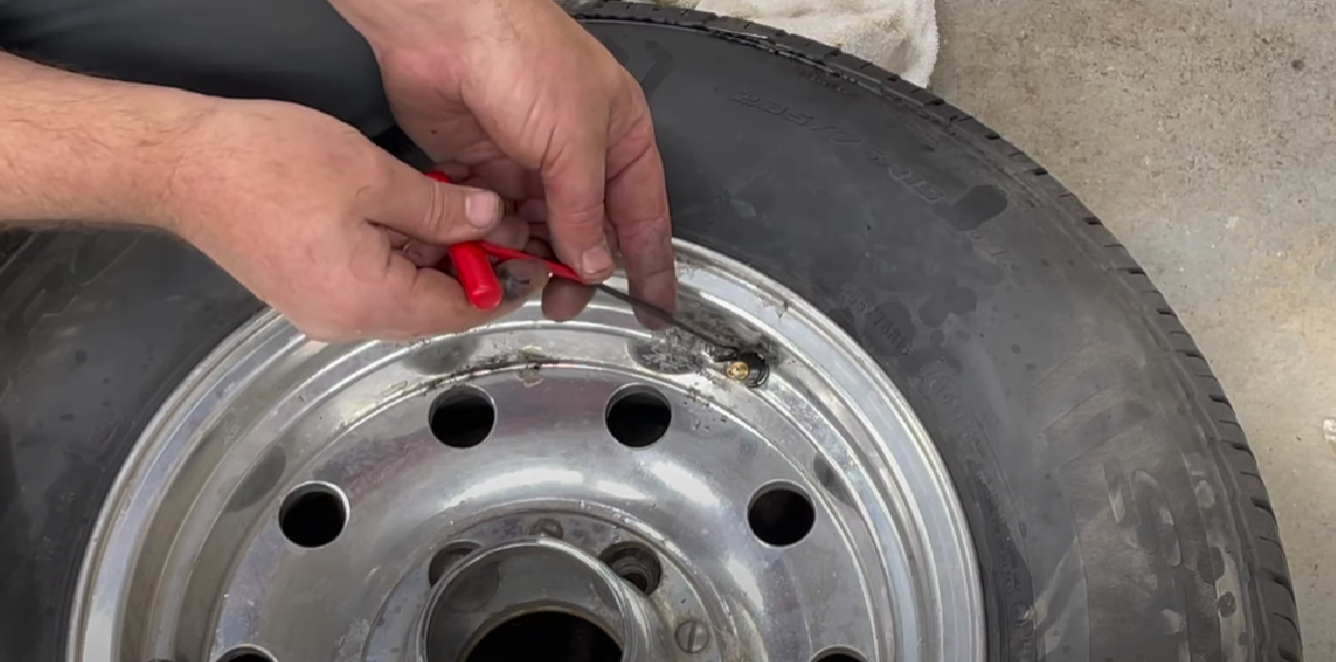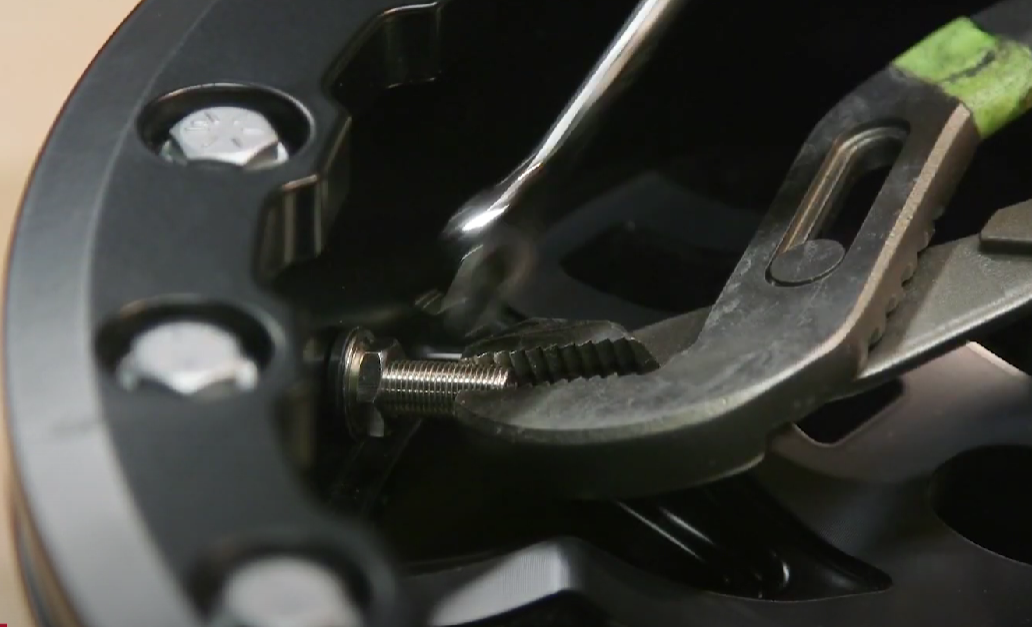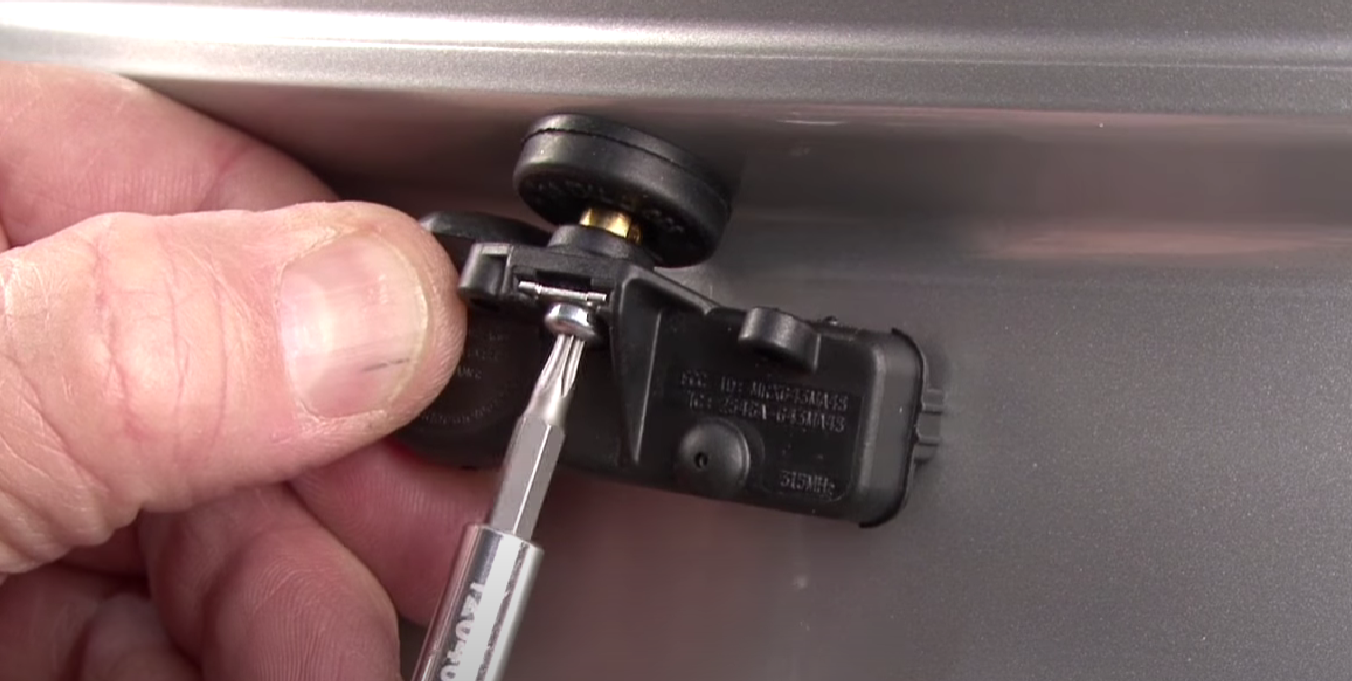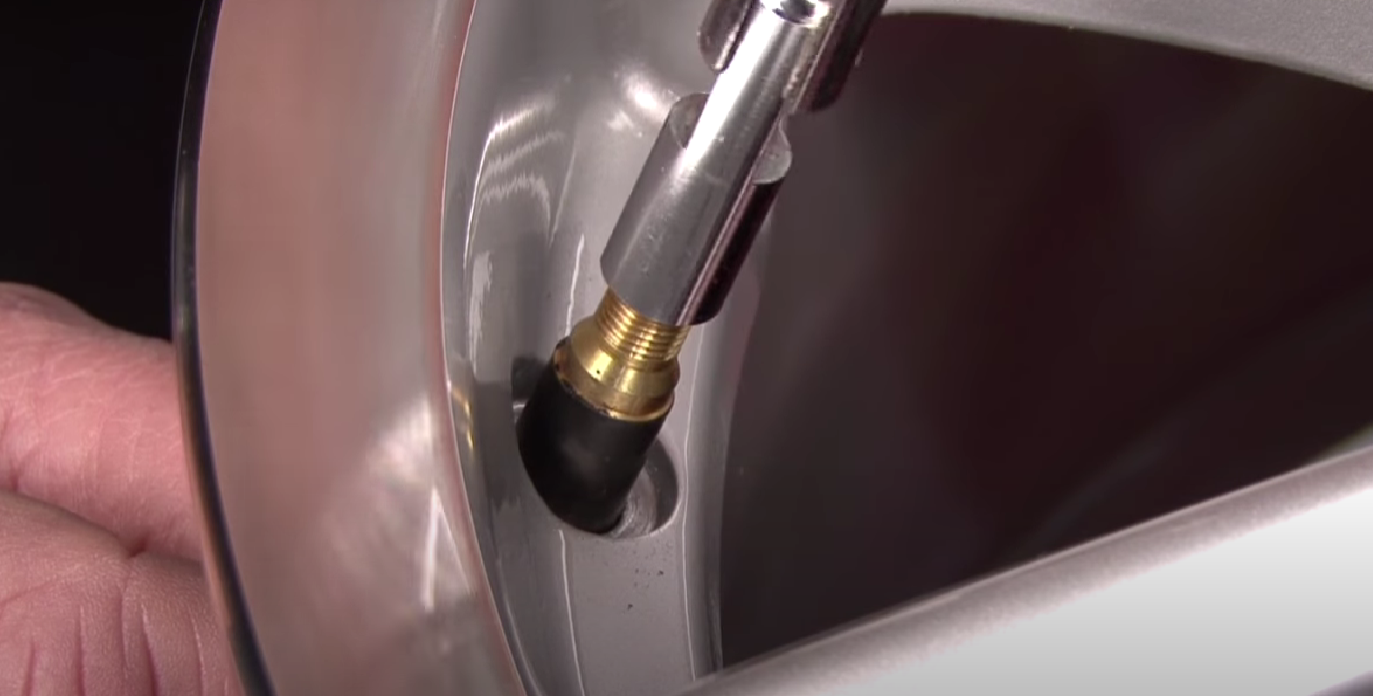Curious about the price tag attached to valve stem replacements? Look no further. Discover the ins and outs of this essential automotive fix as we delve into the factors that influence costs.
From materials to labor, get ready to unveil the hidden expenses and gain valuable insights into how much it truly takes to replace a valve stem.
How Much Does It Cost to Replace a Valve Stem?
The cost of replacing a tire valve stem varies depending on the professional or expert you ask as well as the kind of system installed in your car.
If your vehicle is equipped with a tire pressure monitoring system, which is standard in vehicles after 2007, the replacement cost can be higher due to the inclusion of a sensor integrated into the valve stem.
In such cases, expect to pay around $75 to $125 per wheel if the sensor needs replacement. On the other hand, simple valve replacements not involving any sensors or computer components may only entail less than $5 to $30 per tire.

Other mechanics may ask for a shop minimum, but they are usually willing to provide a quote. If you’re considering purchasing the parts alone without professional repairs, a set of four high-quality valve stems will cost just under $10.
What is a Tire Valve Stem?
A tire valve stem is a small but crucial component of a vehicle’s tire and wheel assembly. It serves as the access point for inflating and deflating the tire. The valve stem is a slender, metal or rubber tube that extends through the wheel rim, with a valve core at one end.
When the valve cap is removed, the valve core can be depressed to allow air to be pumped into the tire or to release air when needed. It helps to maintain proper tire pressure, which is essential for optimal vehicle performance, fuel efficiency, and safety on the road.
What Are the Different Types of Valve Stems?
Rubber Valve Stem
Among the different types of valve stems, the rubber valve stem stands out for its flexibility and affordability. Made from durable rubber materials, it offers a reliable and cost-effective solution for tire inflation. Rubber valve stems are commonly found in standard passenger vehicles and are relatively easy to install.
They provide a good seal and can withstand moderate temperature fluctuations. However, they may not be as resilient as their metal counterparts, making them more prone to wear and tear over time.

High-Pressure Valve Stem
When it comes to handling higher pressures, the high-pressure valve stem takes the spotlight among the various types available. Specifically designed to withstand increased air pressure, these valve stems are commonly used in heavy-duty vehicles.
Constructed from sturdy materials like brass or stainless steel, high-pressure valve stems offer superior durability and resistance to pressure-related stress. They feature robust seals and components that can effectively handle the demands of high-pressure tire applications.
High-Performance Valve Stem
When it comes to optimizing performance on the road or track, the high-performance valve stem takes center stage among the array of valve stem options. This valve stem is specifically engineered to cater to the needs of sports cars, racing vehicles, and enthusiasts seeking maximum performance.
Crafted from lightweight and durable materials such as titanium or aluminum, high-performance valve stems offer reduced weight and increased strength. They feature streamlined designs to minimize aerodynamic drag and enhance tire/wheel balance.
These valve stems excel in high-speed scenarios, delivering improved handling, responsiveness, and overall performance.

What Might Affect the Overall Cost to Replace a Valve Stem?
Several factors can influence the overall cost of replacing a valve stem. Understanding these variables can help provide a clearer picture of the expenses involved.
Type of Valve Stem
The type of valve stem being replaced is a significant determinant of the cost. Rubber valve stems are generally more affordable compared to high-pressure or high-performance valve stems, which may be constructed from specialized materials and designed to handle specific demands.
The complexity of the valve stem design and its associated components can affect the price as well.
Vehicle Make and Model
The make and model of the vehicle play a role in the cost of valve stem replacement. Some vehicles have intricate tire pressure monitoring systems (TPMS) that integrate sensors into the valve stems.
Replacing valve stems with built-in sensors can significantly increase the cost, as these sensors tend to be more expensive than regular valve stems.

Labor Costs
The labor charges imposed by the mechanic or repair shop can impact the overall cost. Labor rates may vary based on location, the reputation of the establishment, and the expertise required to replace the valve stem.
Shops with higher overhead costs or specialized knowledge may charge more for their services.
Additional Repairs or Services
If additional repairs or services are required during the valve stem replacement processes, such as tire mounting or balancing, it can add to the overall cost. It is common for mechanics to inspect the tire, rim, and TPMS during the replacement procedure to ensure optimal performance and safety.
Quality of Replacement Parts
The quality and brand of the replacement valve stem can affect the cost. Higher-quality valve stems may have a longer lifespan and offer better performance, but they often come with a higher price tag.
It is essential to balance cost and quality to ensure a suitable replacement that meets the vehicle’s requirements.

Shop Policies and Location
The policies and pricing structure of the repair shop can influence the cost. Some shops may have a minimum charge or set pricing guidelines, while others may offer competitive rates or discounts. Additionally, the location of the shop can impact pricing due to regional variations in labor and operating costs [1].
Conclusion
In the realm of valve stem replacements, costs are influenced by factors like the type of stem, vehicle make, labor charges, and additional services. By understanding these elements, you can navigate the pricing landscape and make informed decisions for your vehicle’s maintenance needs.

